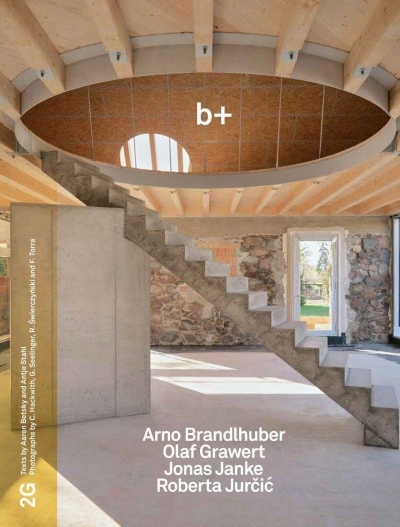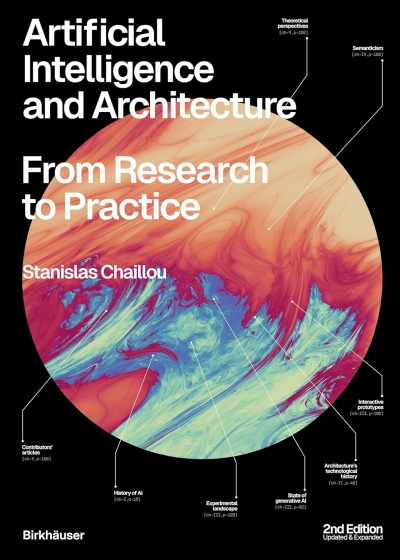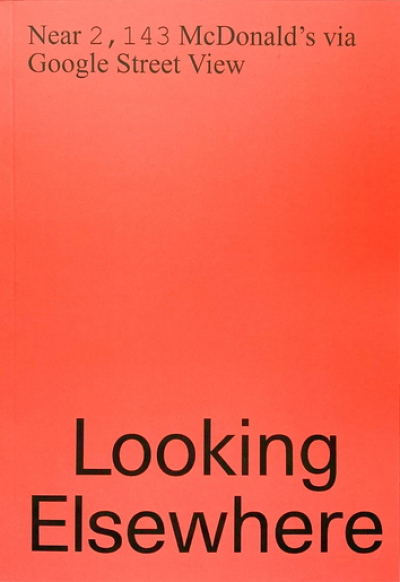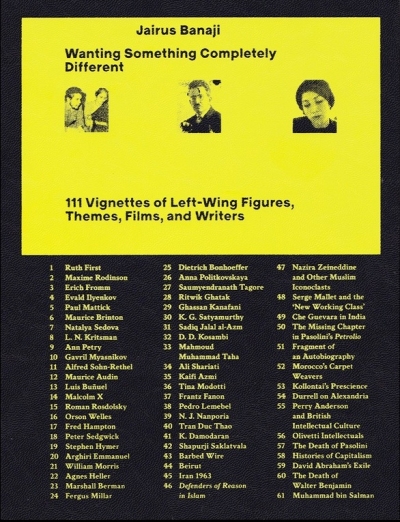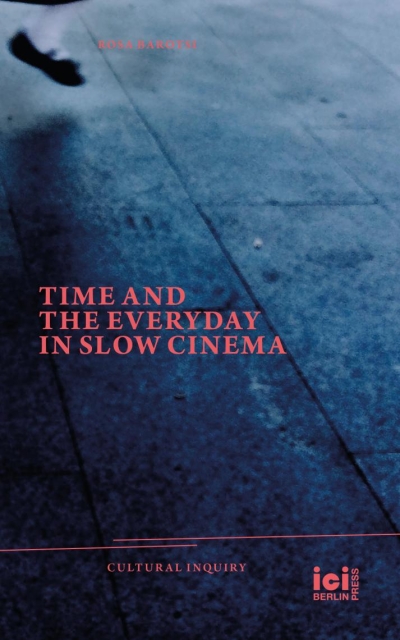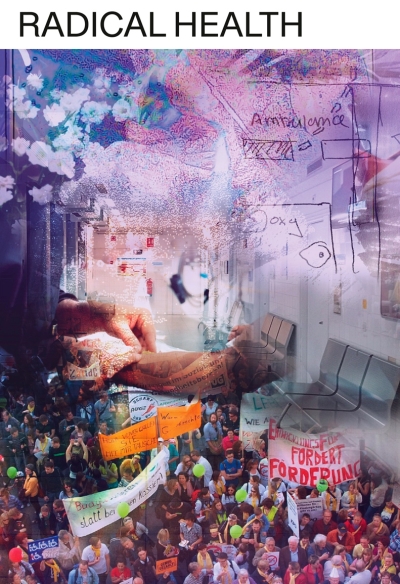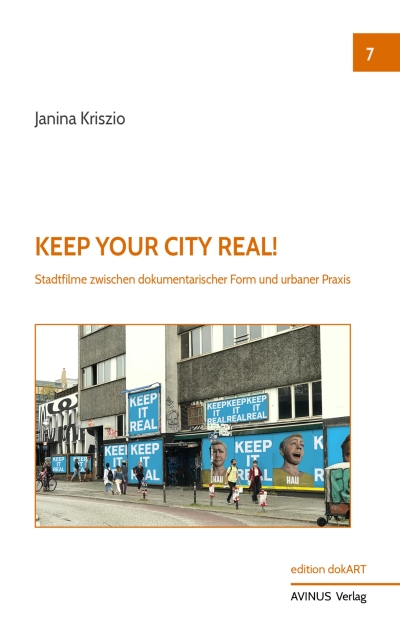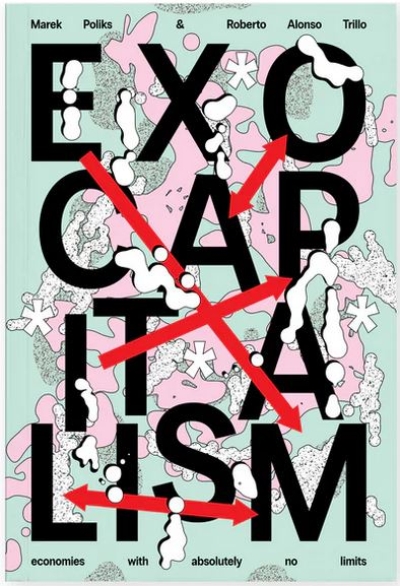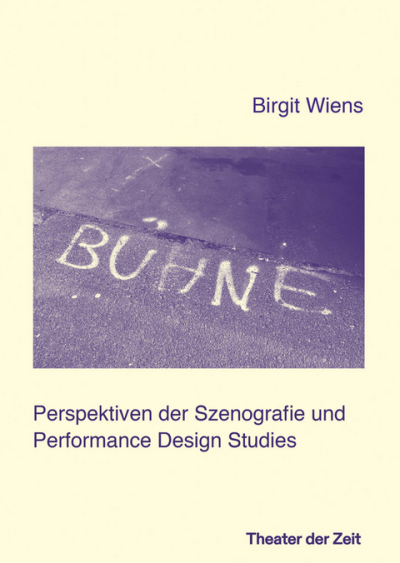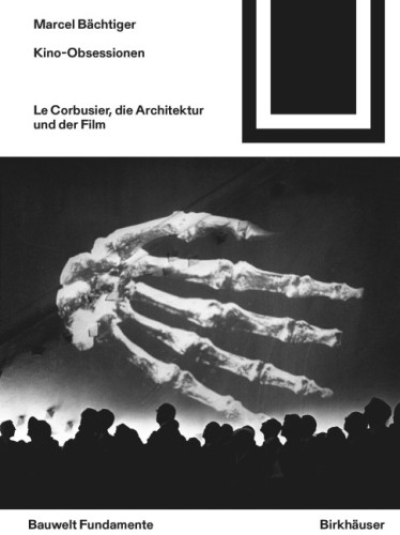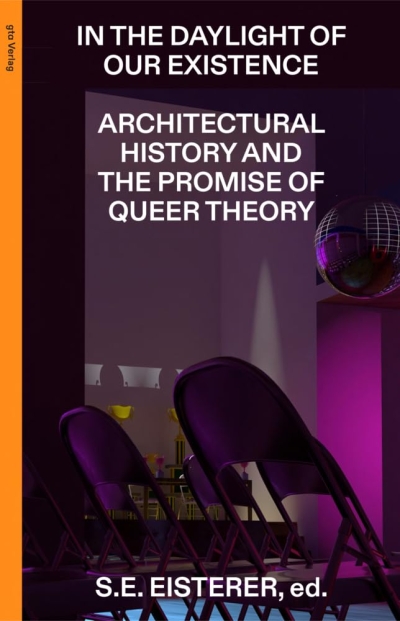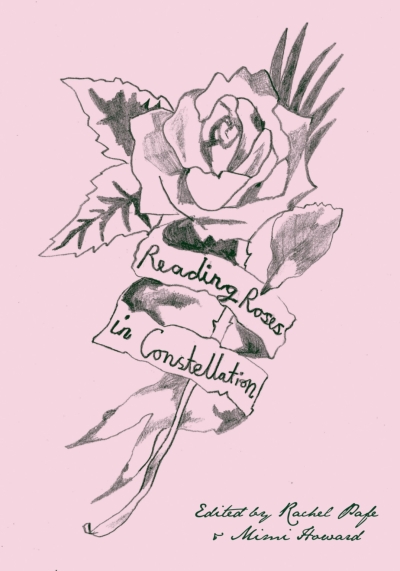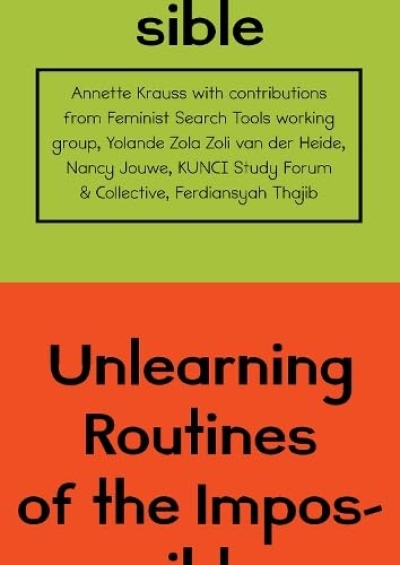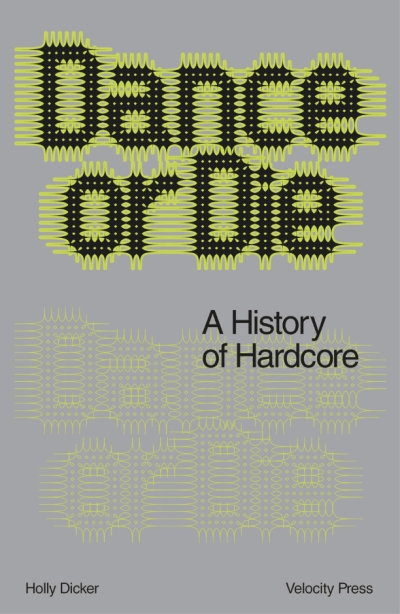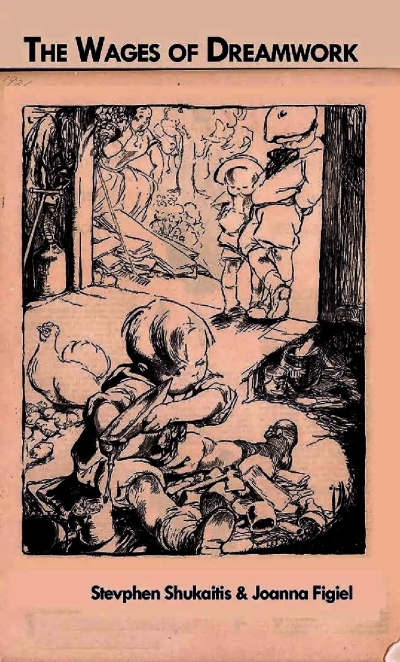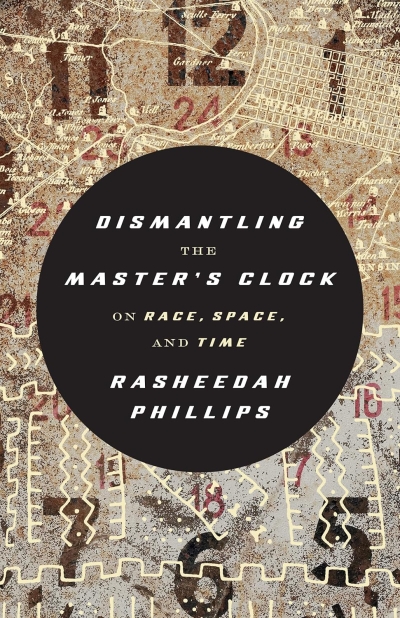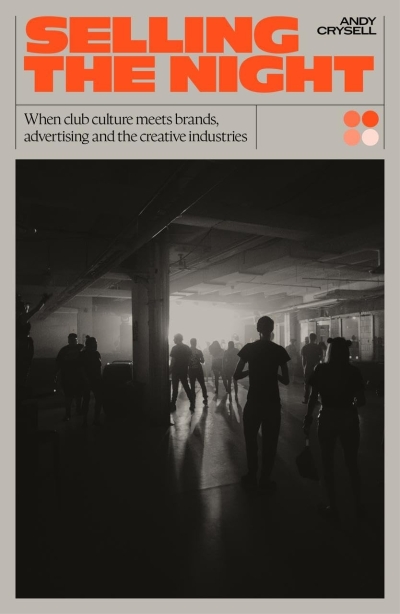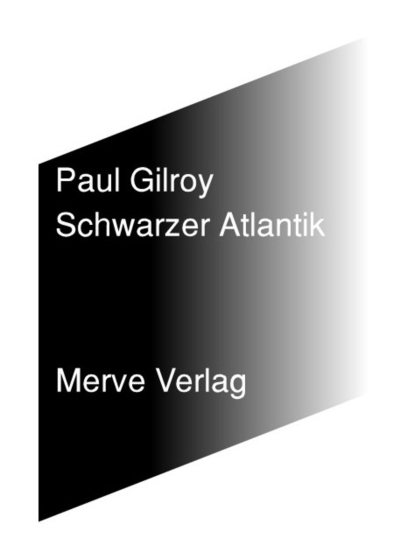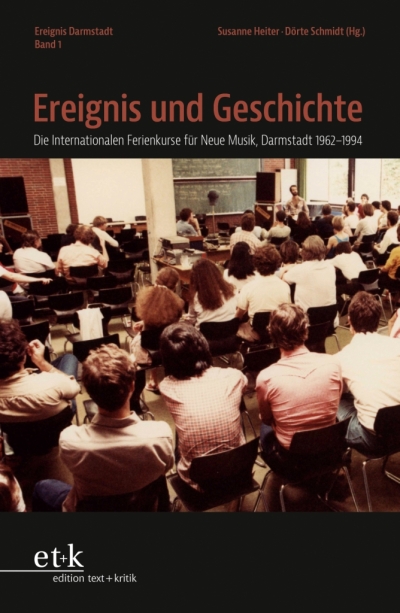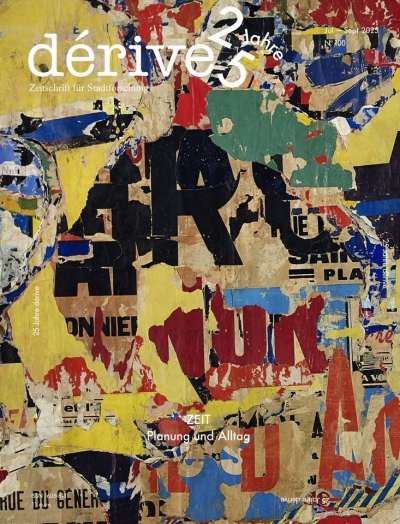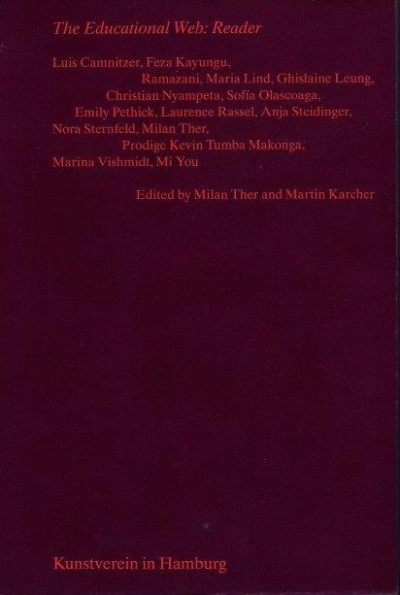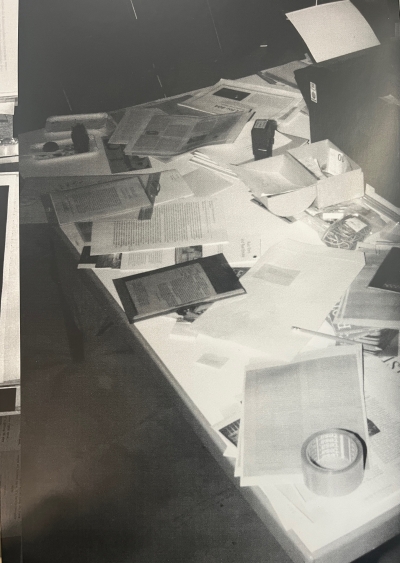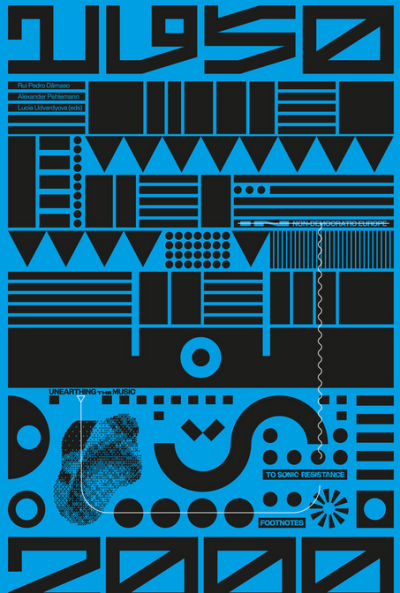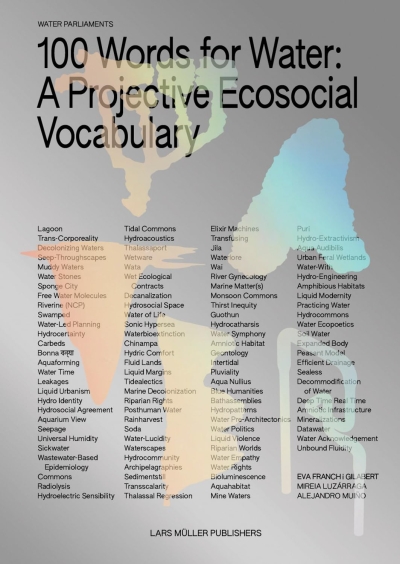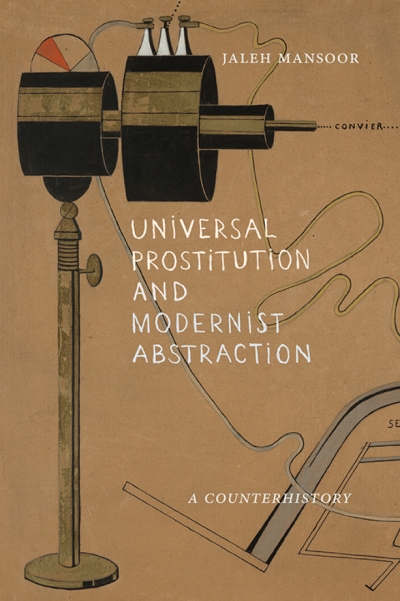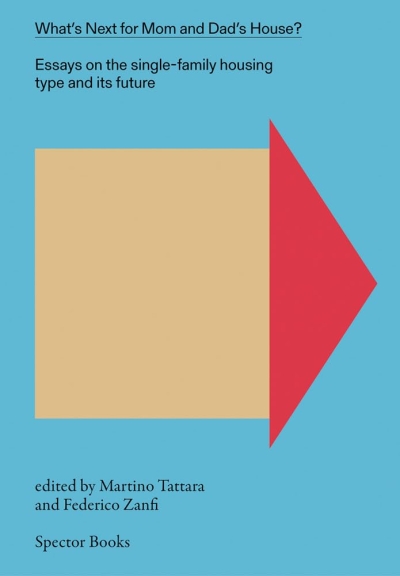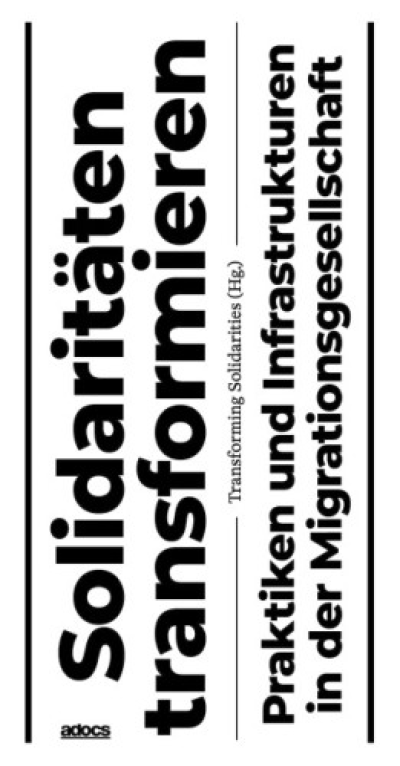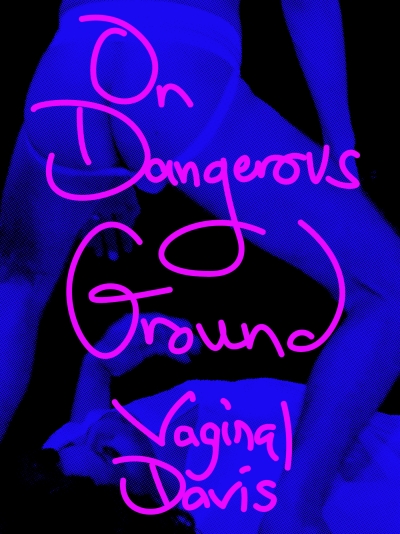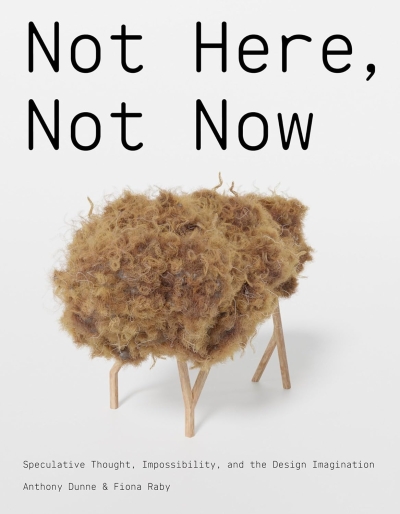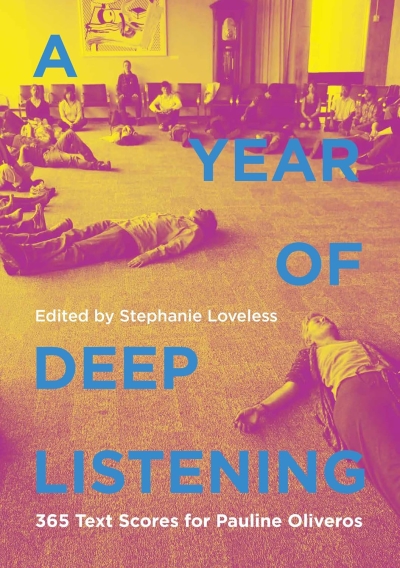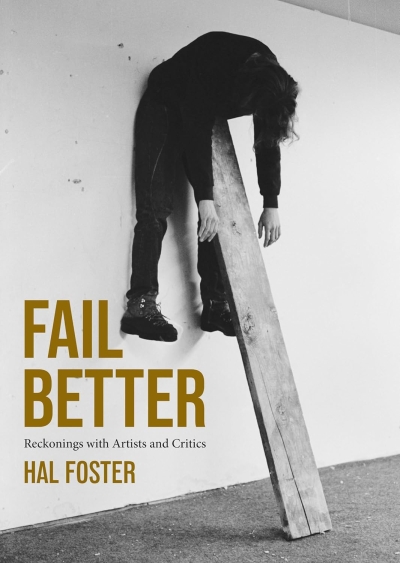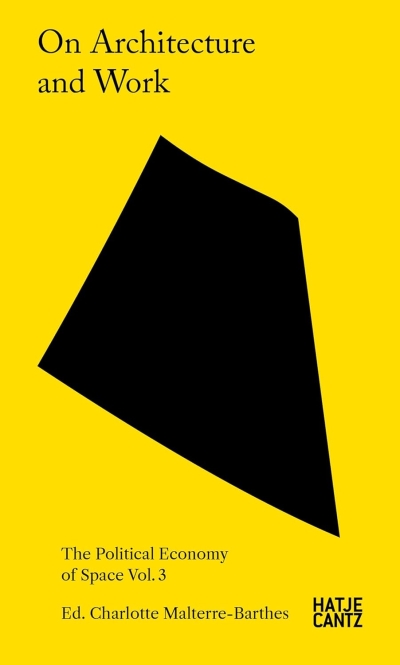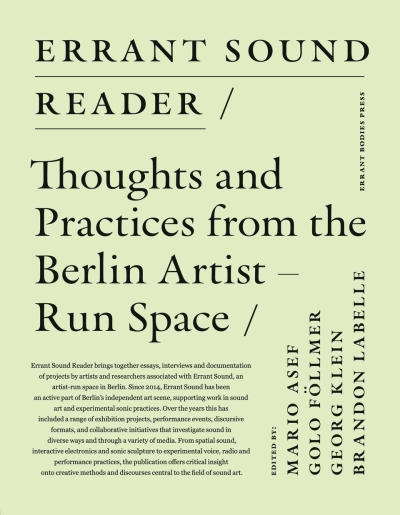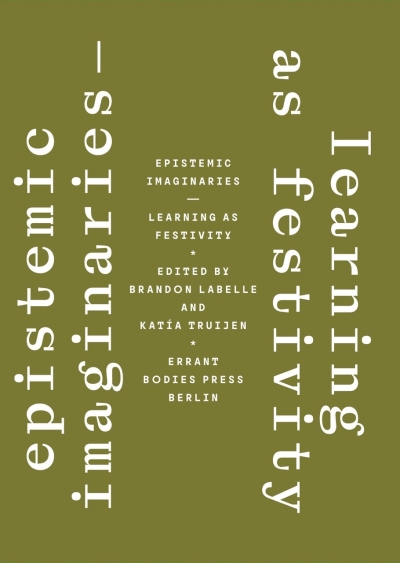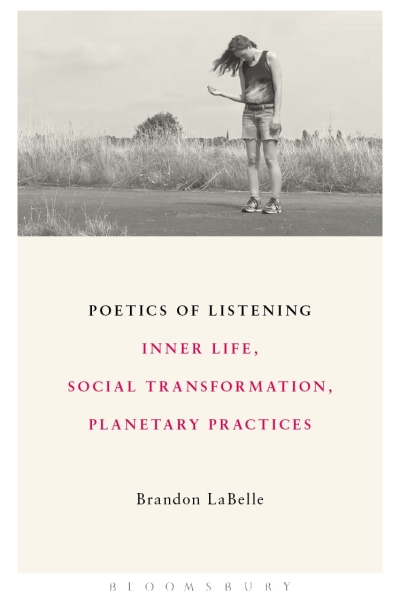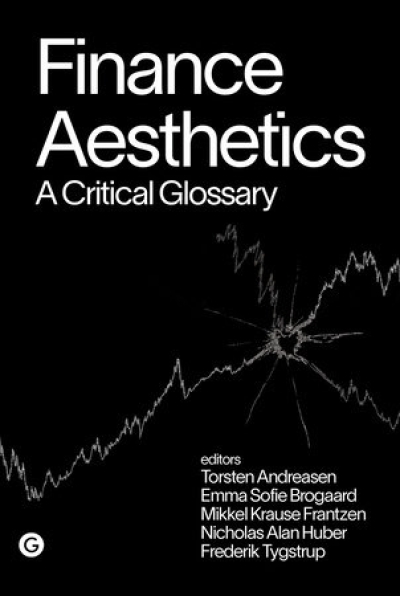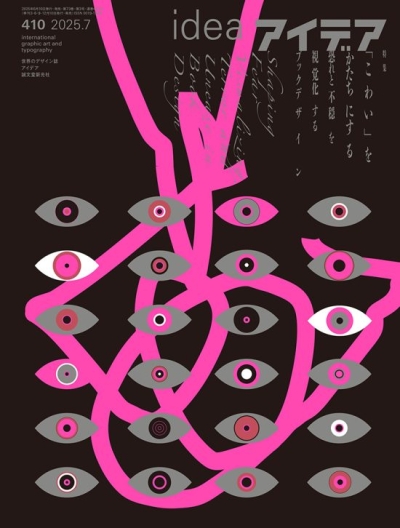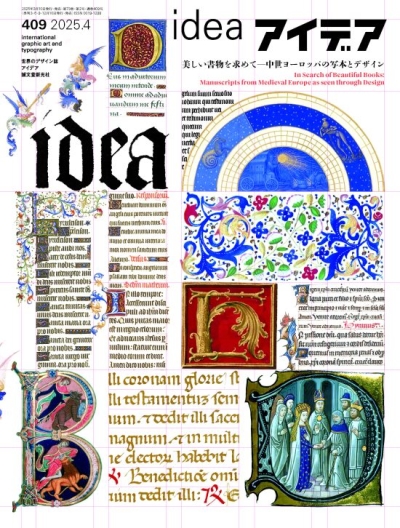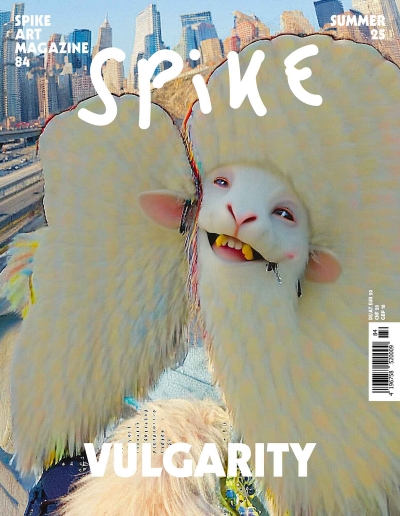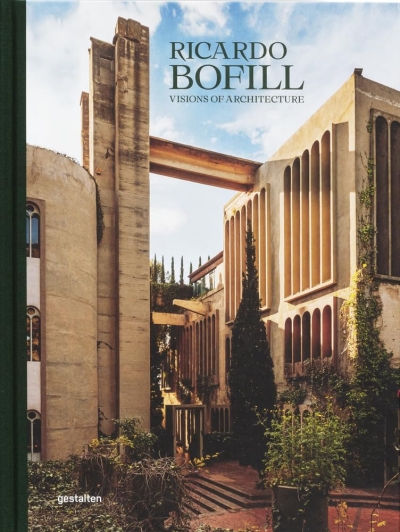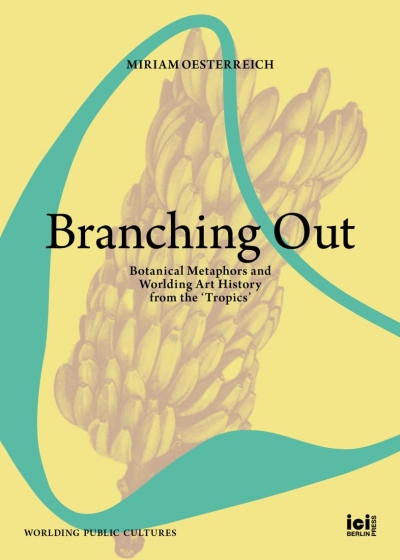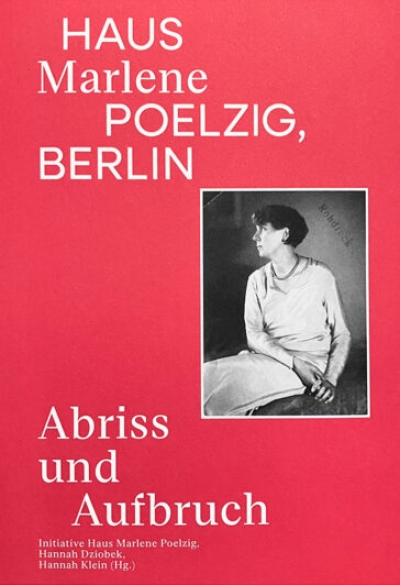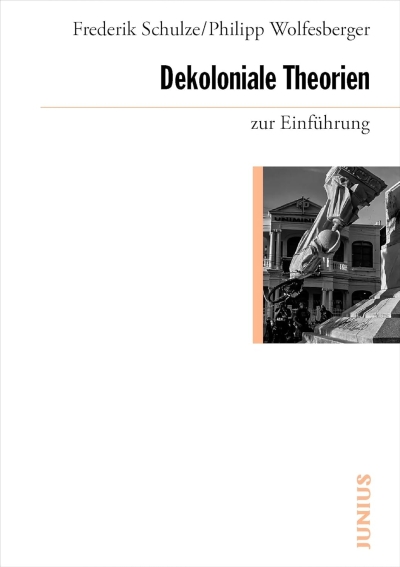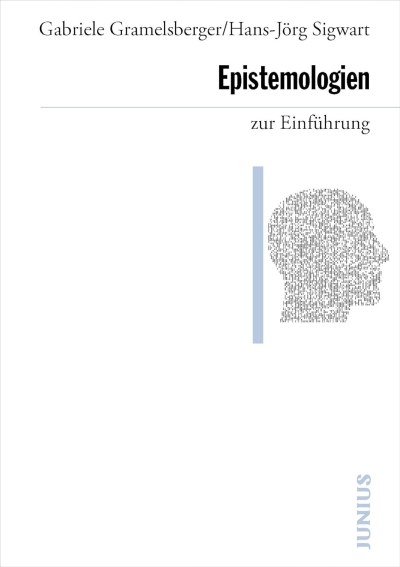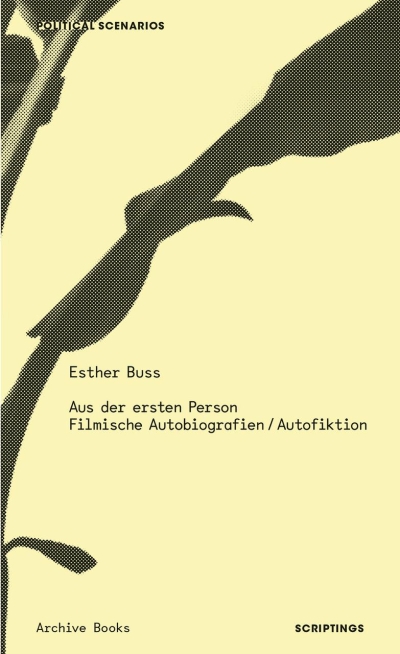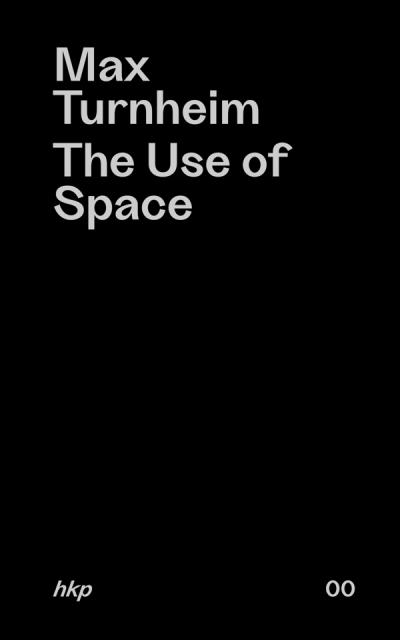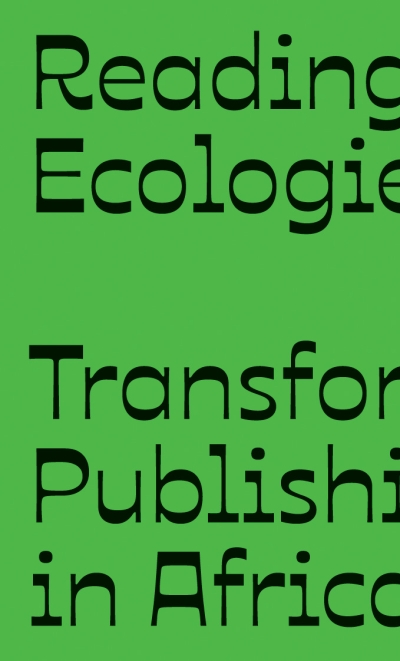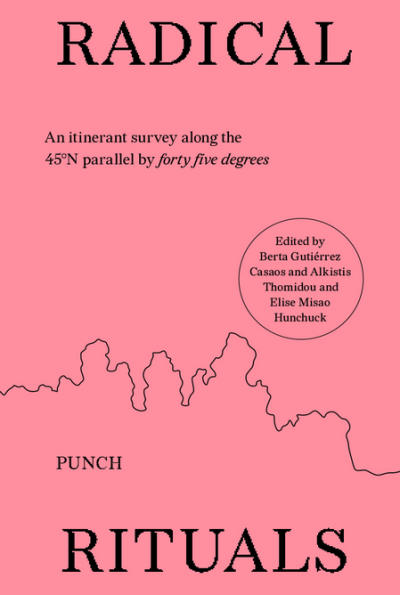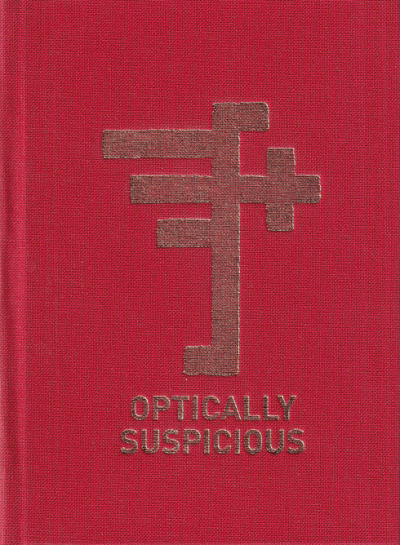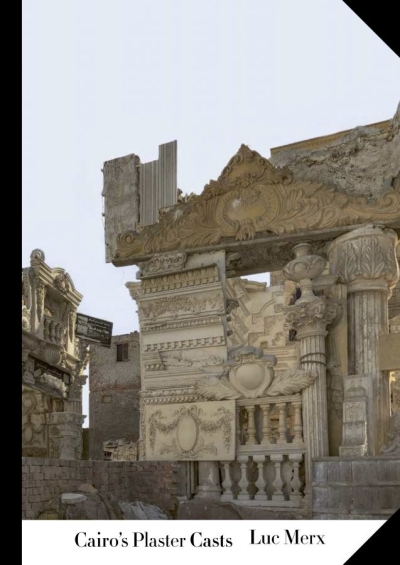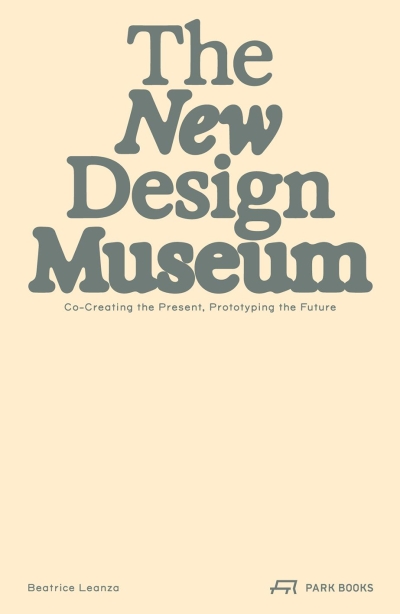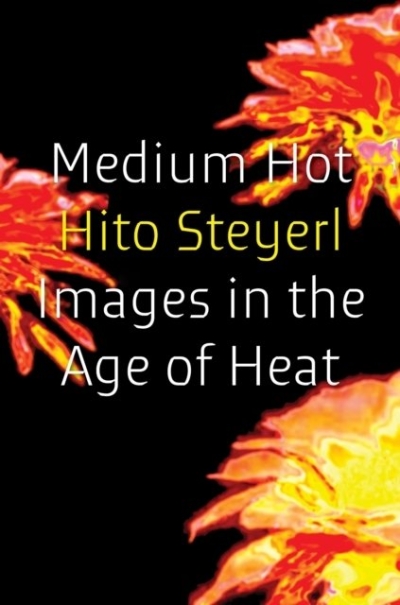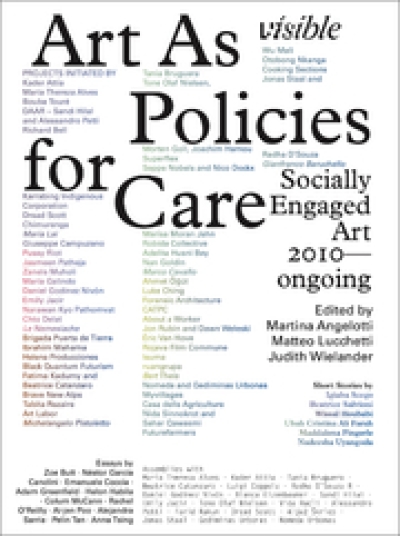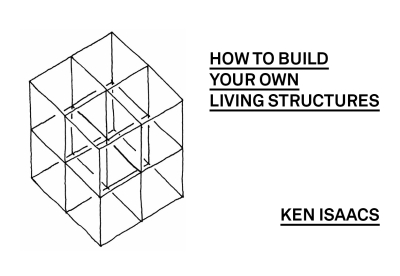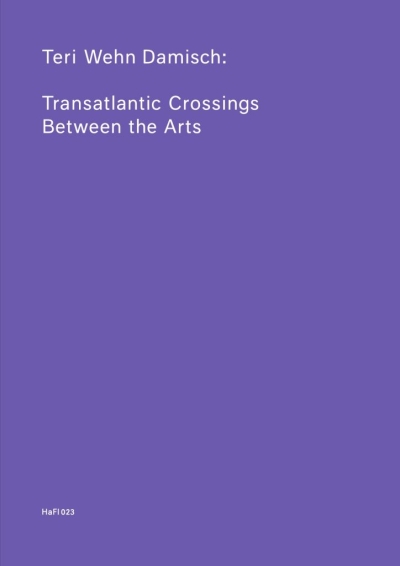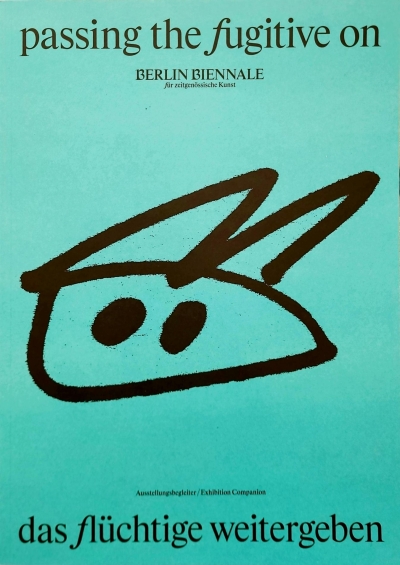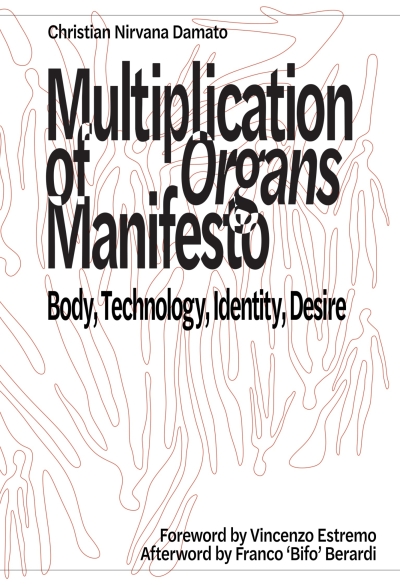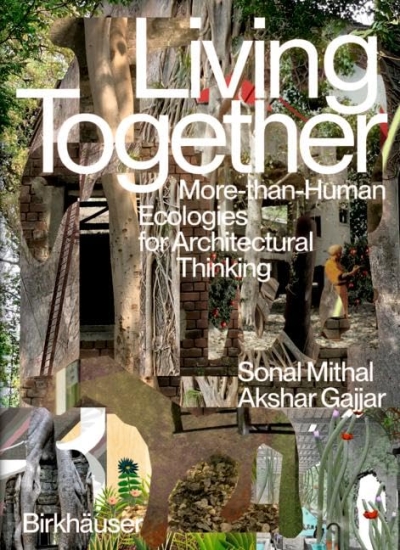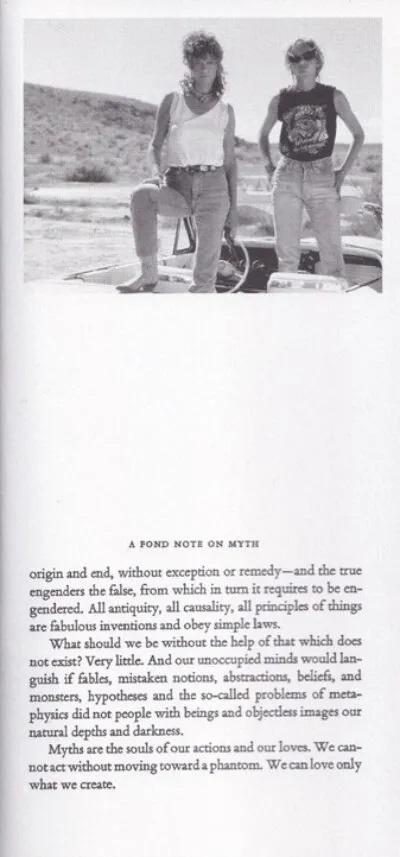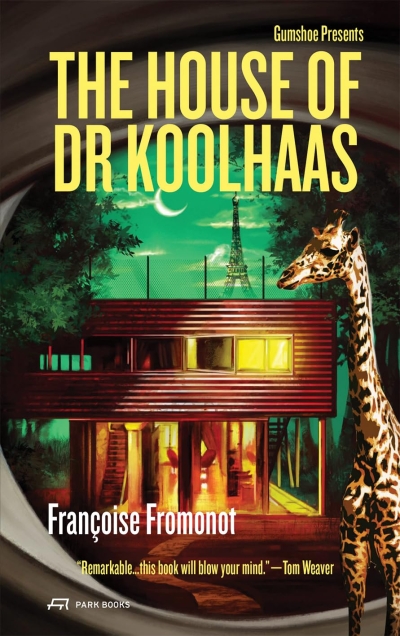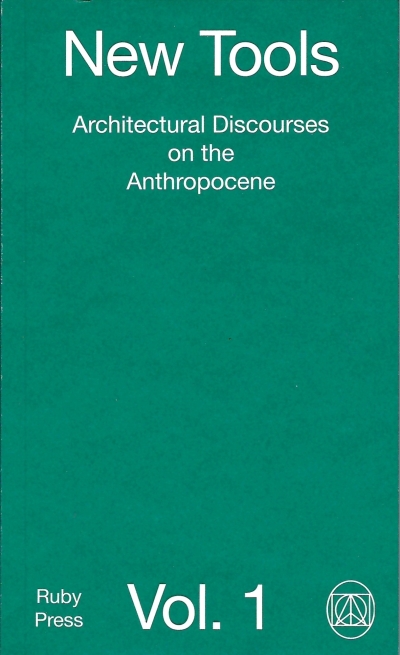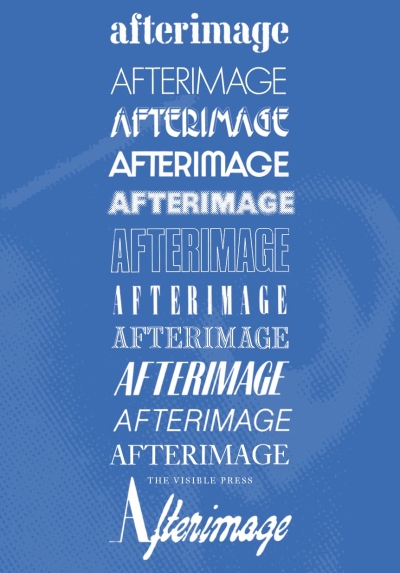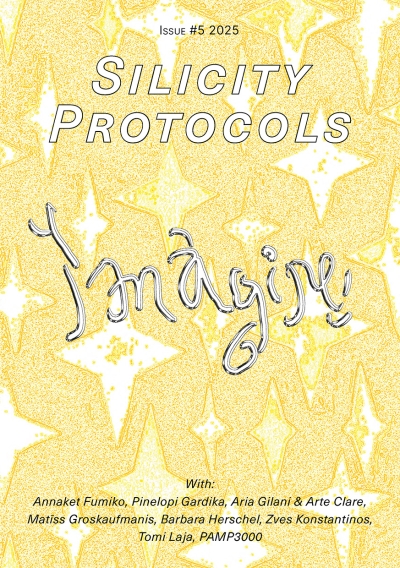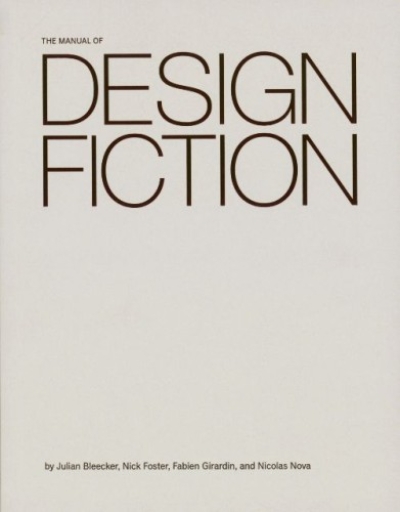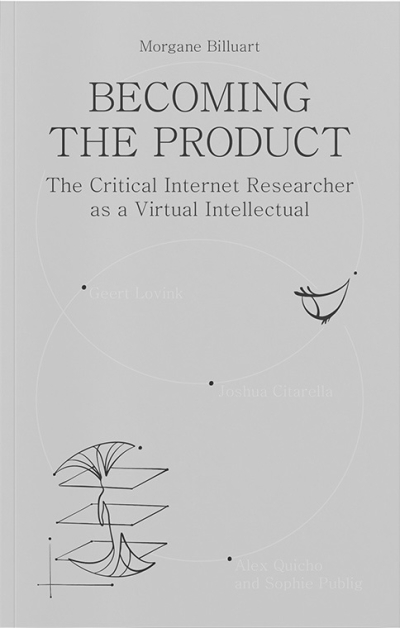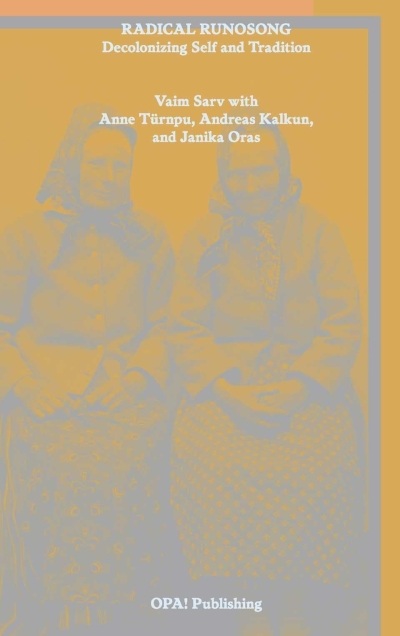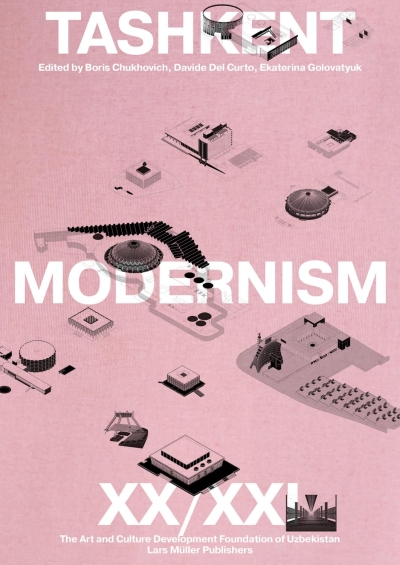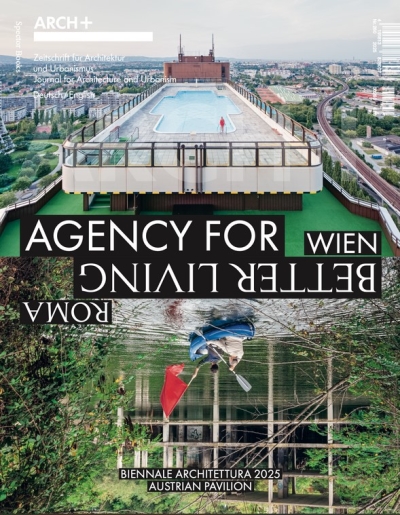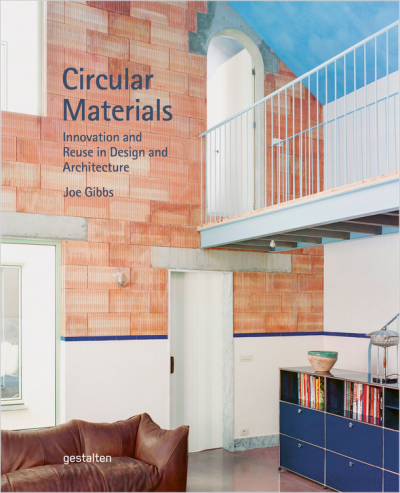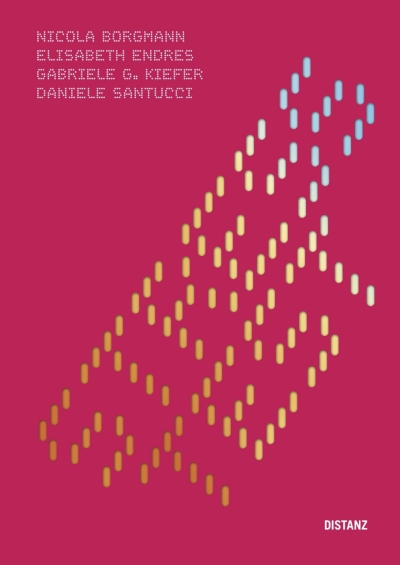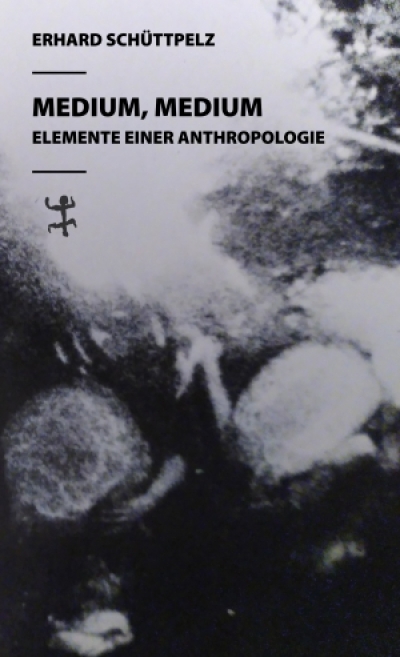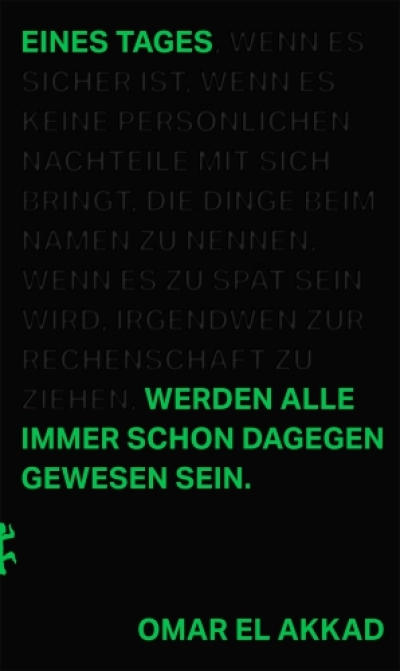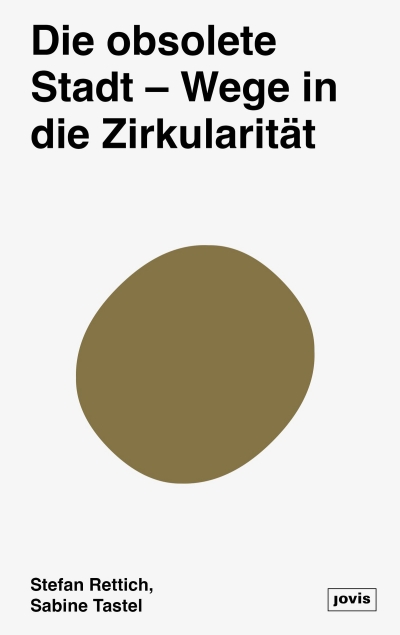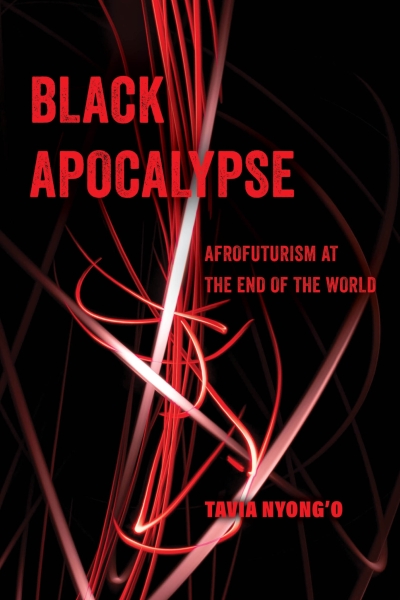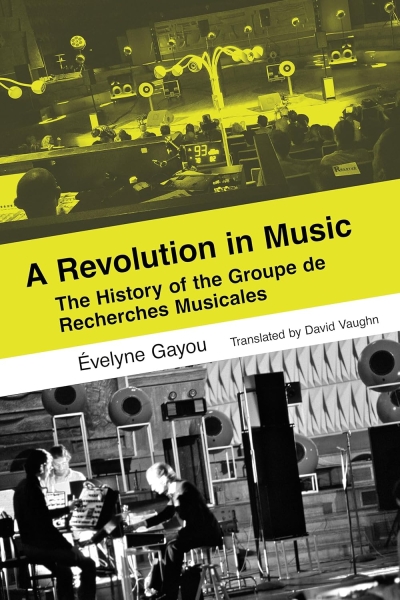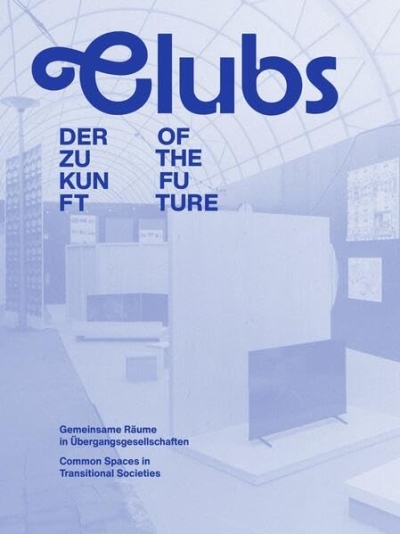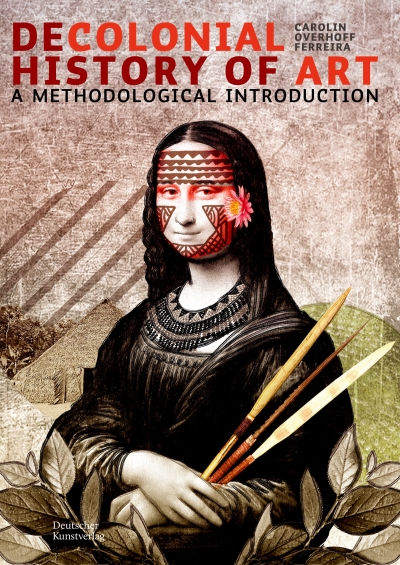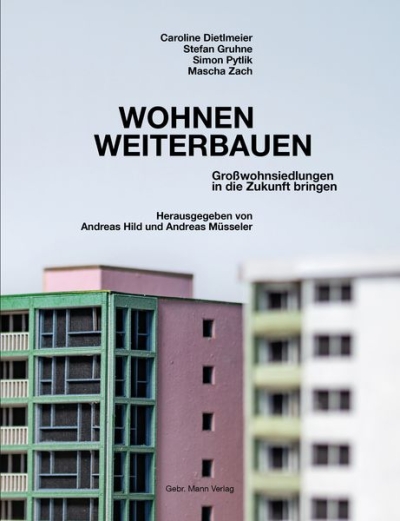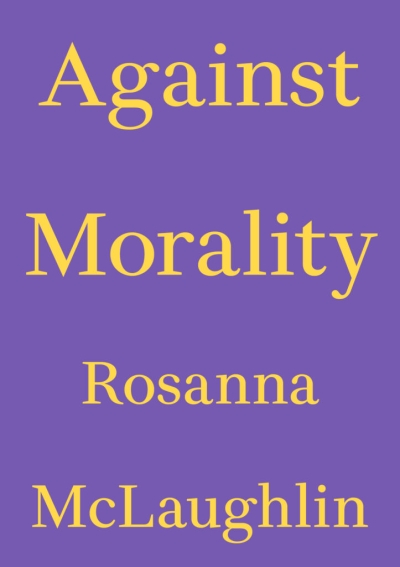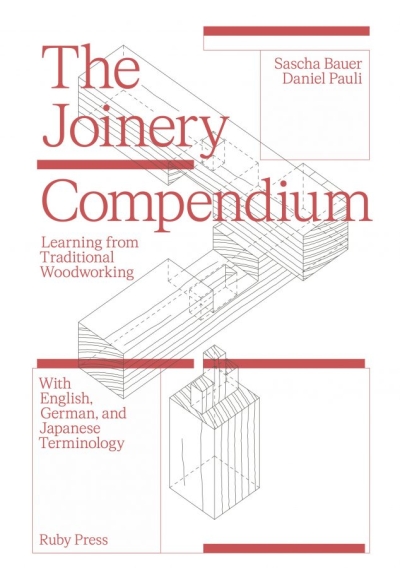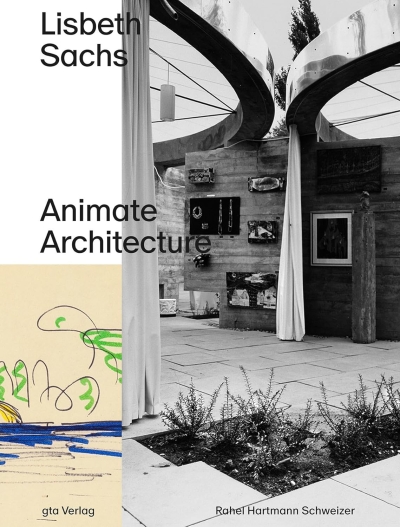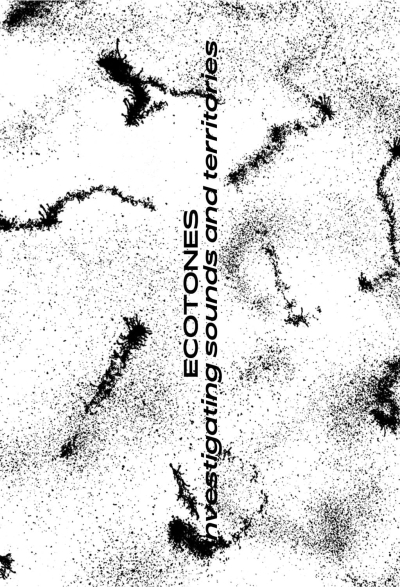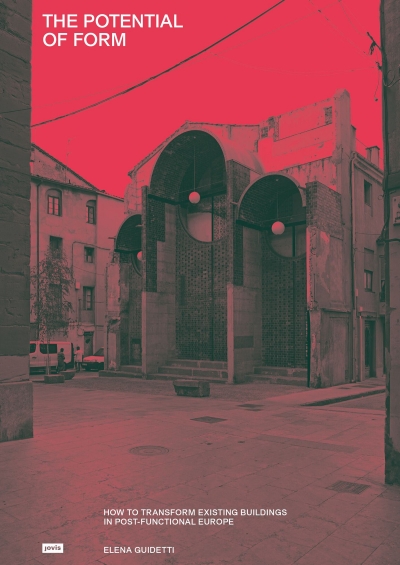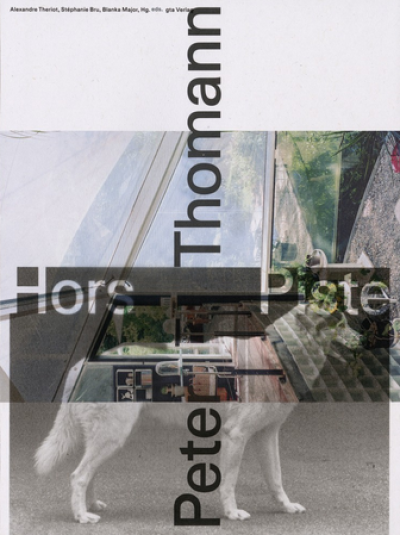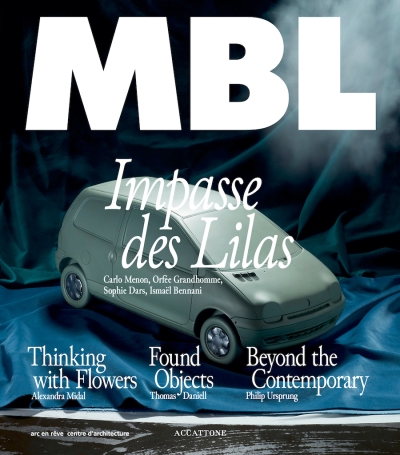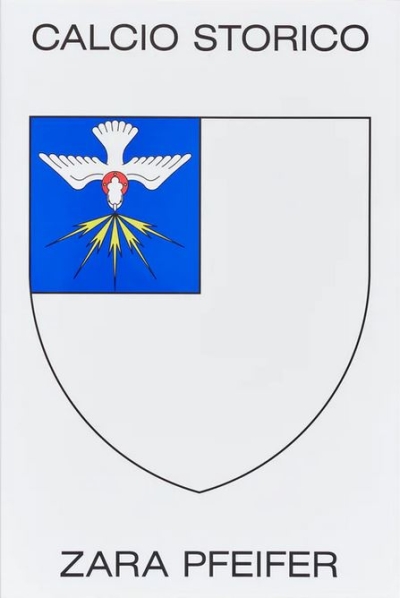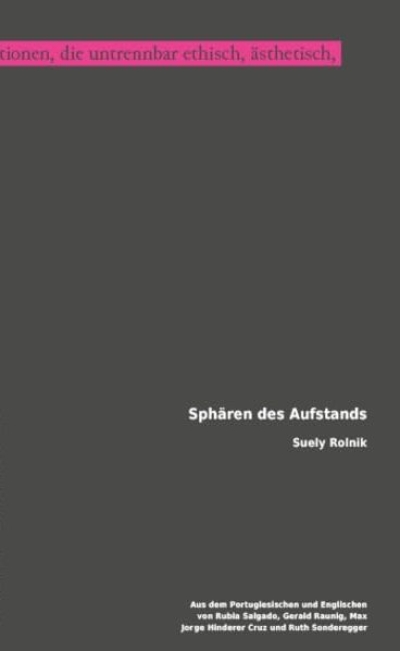Moisés Puente (Hg)
2G 94. b+ Arno Brandlhuber, Olaf Grawert, Jonas Janke,…
Stanislas Chaillou
Artificial Intelligence and Architecture. From Research to…
Yasmin Masri
Near 2,143 McDonald’s via Google Street View: Looking…
Jairus Banaji
Wanting Something Completely Different: 111 Vignettes of…
Rosa Barotsi
Time and the Everyday in Slow Cinema
Dominik Mattes, Janina Kehr, Julia…
Radical Health. Cache 04
Janina Kriszio
Keep your City real! Stadtfilme zwischen dokumentarischer…
Marek Poliks & Roberto Alonso…
Exocapitalism. Economies with absolutely no limits
gerade nicht auf Lager
Birgit Wiens
Bühne. Perspektiven der Szenografie und Performance Design…
Marcel Bächtiger
Kino-Obsessionen - Le Corbusier, die Architektur und der…
Matas Petrikas
The Joy of Electronic Music
S.E. Eisterer (Ed.)
In the Daylight of Our Existence. Architectural History and…
Rachel Pafe, Mimi Howard (eds.)
Reading Roses in Constellation
Annette Krauss
Unlearning Routines of the Impossible Casco
gerade nicht auf Lager
Holly Dicker
Dance Or Die: A History of Hardcore
Stevphen Shukaitis, Joanna Figiel
The Wages of Dreamwork.
gerade nicht auf Lager
Brian Massumi
Toward a Theory of Fascism for Anti-Fascist Life. A Process…
gerade nicht auf Lager
Rasheedah Phillips
Dismantling the Master's Clock: On Race, Space, and…
Andy Crysell
Selling The Night: When Club Culture Meets Brands,…
Paul Gilroy
Schwarzer Atlantik Moderne und doppeltes Bewusstsein
Susanne Heiter, Dörte Schmidt (Hg.),…
Ereignis und Geschichte. Die Internationalen Ferienkurse…
dérive
dérive N° 100 Zeit – Planung und Alltag (Juli - Sept 2025)…
Milan Ther, Martin Karcher (Hg)…
The Educational Web: Reader
Redaktion Protocol
Protocol 15. R.I.P. – remember me
Rui Pedro Dâmaso, Alexander Pehlemann,…
Unearthing the Music
Eva Franch i Gilabert, Mireia Luzárraga…
100 Words for Water. A Projective Ecosocial Vocabulary
gerade nicht auf Lager
Jaleh Mansoor
Universal Prostitution and Modernist Abstraction. A…
Martino Tattara, Federico Zanfi (eds.)
What's Next for Mom and Dad's House?
Transforming Solidarities (Hg.)
Solidaritäten transformieren. Praktiken und Infrastrukturen…
Jenny Schlenzka, Julia Grosse
Vaginal Davis. On Dangerous Ground
gerade nicht auf Lager
Anthony Dunne, Fiona Raby
Not Here, Not Now. Speculative Thought, Impossibility, and…
gerade nicht auf Lager
Stephanie Loveless (Ed.)
A Year of Deep Listening. 365 Text Scores for Pauline…
gerade nicht auf Lager
Hal Foster
Fail Better. Reckonings with Artists and Critics
Charlotte Malterre-Barthes (Hg)
On Architecture and Work. The Political Economy of Space…
Mario Asef, Golo Föllmer, Georg Klein,…
Errant Sound Reader. Thoughts and Practies from the Berlin…
Katía Truijen and Brandon LaBelle (Eds)
Epistemic Imaginaries. Learning as Festivity
gerade nicht auf Lager
Brandon LaBelle
Poetics of Listening: Inner Life, Social Transformation,…
gerade nicht auf Lager
Torsten Andreasen, Emma Sofie Brogaard…
Finance Aesthetics. A Critical Glossary
IDEA Magazine
Idea 410. Shaping Fear: Visualizing Terror and Unease in…
IDEA Magazine
Idea 409. In Search of Beautiful Books: Manuscripts from…
Spike
Spike Art Magazine ISSUE 84 Vulgarity
gestalten & Ricardo Bofill
Ricardo Bofill. Visions of Architecture
gerade nicht auf Lager
Ben Murphy
Ears to the Ground. Adventures in Field Recording &…
Justin Patrick Moore
The Radio Phonics Laboratory. Telecommunications, Speech…
Miriam Oesterreich
Branching Out. Botanical Metaphors and Worlding Art History…
gerade nicht auf Lager
Initiative Haus Marlene Poelzig, Hannah…
Haus Marlene Poelzig, Berlin. Abriss und Aufbruch
Frederik Schulze, Philipp Wolfesberger
Dekoloniale Theorien zur Einführung
Gabriele Gramelsberger, Hans-Jörg…
Epistemologien zur Einführung
gerade nicht auf Lager
Anne Carson
The Gender of Sound
Esther Buss
Aus der ersten Person. Filmische Autobiografien/Autofiktion
gerade nicht auf Lager
Max Turnheim
The Use of Space
Pascale Obolo, Michalis Pichler,…
Reading Ecologies: Transforming Publishing in Africa
Forty five degrees
Radical Rituals – 45°N 1°W to 45°N 7°E
gerade nicht auf Lager
Matrijaršija
Optically Suspicious
Luc Merx
Cairo’s Plaster Casts
Beatrice Leanza
The New Design Museum. Co-creating the Present, Prototyping…
Hito Steyerl
Medium Hot. Images in the Age of Heat
gerade nicht auf Lager
Martina Angelotti, Matteo Lucchetti,…
Visible. Art as Policies for Care. Socially Engaged Art (…
gerade nicht auf Lager
Pierre Hourquet, Christophe Daviet-…
Ken Isaacs. How to Build your Own Living Structures
Christa Blümlinger (Hg.)
Teri Wehn Damisch: Transatlantic Crossings Between the Arts
gerade nicht auf Lager
Pauline Oliveros
Pauline Oliveros. Quantum Listening
Zasha Colah (Hg)
Passing the fugitive on / das flüchtge weitergeben. 13.…
Christian Nirvana Damato
Multiplication of Organs. Body, Technology, Identity, Desire
Akshar Gajjar, Sonal Mithal
Living Together. More-Than-Human Ecologies for…
Klittern (aesopica)
Françoise Fromonot
The House of Dr Koolhaas
Adria Daraban, Frédéric Schnee (Hg.)
New Tools Vol. 1. Architectural Discourses on the…
Mark Webber (Hg.)
The Afterimage Reader
Aleksandr Delev (Ed.)
Silicity Protocols. Issue #5. Imagine
cover Fabien Girardin, Julian Bleecker…
The Manual of Design Fiction
gerade nicht auf Lager
Morgane Billuart
Becoming the Product. The Critical Internet Researcher as a…
Melanie Isverding, Thomas Düllo,…
texturen Nr. 9 - Schmucken
gerade nicht auf Lager
Vaim Sarv with Anne Türnpu, Andreas…
Radical Runosong. Decolonizing Self and Tradition
Boris Chukhovich, Davide del Curto…
Tashkent Modernism. XX/XXI
Arch+ Zeitschrift für Architektur und…
ARCH+ 260. Wien/Roma – Agency for Better Living (DE/EN)
gerade nicht auf Lager
Robert Klanten, Joe Gibbs
Circular Materials. Innovation and Reuse in Design and…
gerade nicht auf Lager
Nicola Borgmann, Elisabeth Endres,…
Stresstest. Der Deutsche Pavillon auf der 19.…
Erhard Schüttpelz
Medium, Medium. Elemente einer Anthropologie
Omar El Akkad
Eines Tages werden alle immer schon dagegen gewesen sein
Stefan Rettich, Sabine Tastel
Die obsolete Stadt. Wege in die Zirkularität
Tavia Nyong'o
Black Apocalypse. Afrofuturism at the End of the World
gerade nicht auf Lager
Évelyne Gayou
Revolution in Music. The History of the Groupe de…
Dorothee Albrecht (Hg)
Clubs der Zukunft: Gemeinsame Räume in Übergangsgesellschaft
Carolin Overhoff Ferreira
Decolonial History of Art. A Methodological Introduction
gerade nicht auf Lager
Andreas Hild, Andreas Müsseler
Wohnen weiterbauen. Großwohnsiedlungen in die Zukunft…
Rosanna McLaughlin
Against Morality
Editor: Sascha Bauer, Authors: Sascha…
The Joinery Compendium. Learning from Traditional…
Astrid Deuber-Mankowsky
Queer Post-Cinema. Reinventing Resistance
Rahel Hartmann Schweizer
Lisbeth Sachs. Animate Architecture
Riccardo Badano,Tomas Percival, Susan…
Common Sensing. Centre for Research Architecture 3
Valentin Bansac, Mike Fritsch, Alice…
Ecotones. Investigating Sounds and Territories
Elena Guidetti
The Potential of Form. How to Transform Existing Buildings…
gerade nicht auf Lager
Chantal Akerman
Chantal Akerman. Eine Familie in Brüssel
Alexandre Theriot, Stéphanie Bru,…
Peter Thomann. Hors Piste
Sophie Dars, Carlo Menon (eds.)
MBL architectes. Impasse des Lilas
Zara Pfeifer, Marina Montresor (ed.)
Calcio Storico. Zara Pfeifer
gerade nicht auf Lager
Suely Rolnik
Sphären des Aufstands. Anmerkungen zur Dekolonisierung des…
gerade nicht auf Lager
Urban Fragment Observatory
Visiting. Inken Baller & Hinrich Baller, Berlin 1966-89…

